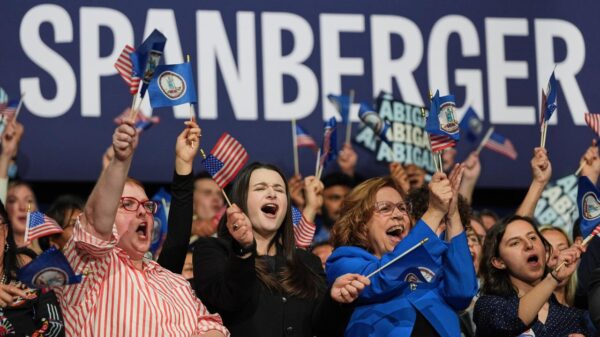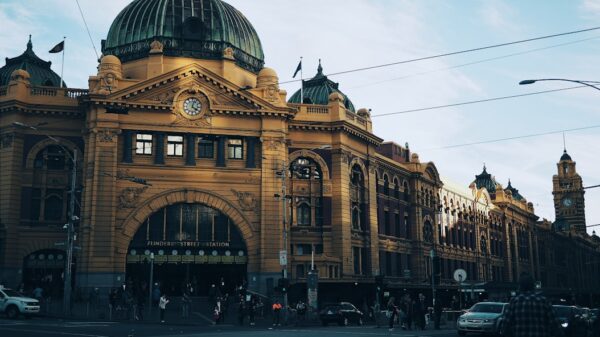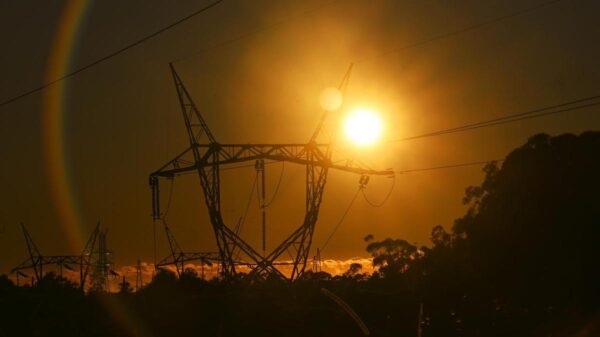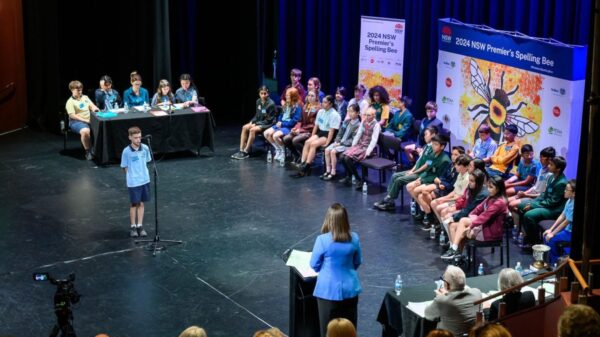UPDATE: In a significant move for Australia’s television production landscape, Minister Tony Burke has just announced new local content quotas for foreign streaming services like Netflix. This announcement, made on Melbourne Cup day, introduces a controversial framework requiring streamers to invest either 7.5% of their revenue or 10% of their expenditures into Australian productions.
This development comes after two investigations into arts funding by MWM, raising questions about the government’s commitment to supporting local content amidst pressures from the streaming lobby. Critics are quick to label the proposal a “scam,” asserting that it primarily benefits the streaming giants rather than Australian creators.
Film producer Simon Nasht voiced concerns, stating, “Burke gets the fig-leaf he needs. Streamers get what they want.” He emphasized that this agreement lacks an escalator clause, which would have ensured increased funding commitments in the future. Originally, the government had considered a more demanding requirement, potentially increasing contributions from 10% to 20% of revenue, but the final proposal appears to favor the streamers significantly.
The timing of the announcement, coinciding with a day celebrated for its cultural significance, has led to scrutiny over the transparency of the process. Notably, the details were shared following private briefings with select media outlets, raising eyebrows about the motivations behind this sudden policy shift.
As the Australian entertainment industry grapples with these new regulations, the immediate implications for local creators are profound. The lack of a robust funding mechanism could stifle the growth of homegrown talent and productions, leaving many wondering if this is a true investment in Australian culture or merely a concession to international corporations.
Moving forward, stakeholders in the Australian film industry are urged to closely monitor how these regulations will impact local content production and distribution. Will the streaming giants uphold their end of the bargain? The coming months will be critical in determining the effectiveness of these new quotas and their actual benefit to Australian audiences.
Stay tuned for updates as this story develops and impacts the future of Australian television.


































































